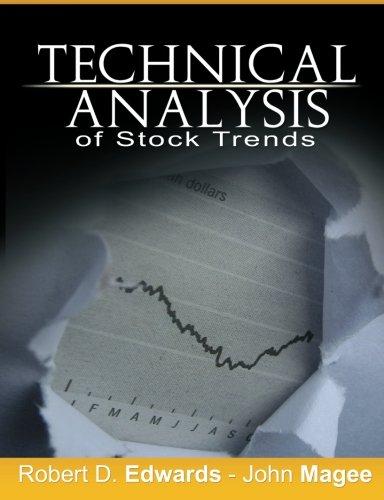Answered step by step
Verified Expert Solution
Question
1 Approved Answer
We have N companies. For our research, we aim to run monthly cross - sectional regression, in our regression, we regress excess stock returns on
We have N companies. For our research, we aim to run monthly crosssectional regression, in our regression, we regress excess stock returns on the Tax planning measure, and other control variables. Our tax planning measure is Cash effective tax rate CETRwhere lower the rate means aggressive tax planner the company is
Then we extract coefficients from monthly regression for Tax planning measure Monthly betas for tax planning and regress them on Fama French five factors in step as time series regression to analyse if Tax planning pays premia. We think if we get significant negative alpha it would mean that tax planning is associated with premia. Is this possible that beta coefficients from step are insignificant whereas, intercept in the step is significant. If yes why, if no why?
What is the economic reason behind these results? Our approach is cross sectional regression approach which is not similar to famamac beth approach. Could you also explain the approach which we have used? Would it be correct to say that our approach is second step of the fama mac beth approach as the first step of the fama mac beth approach fetch the factor exposure which in our case is the CETR, thus we employ the second step of the fama mac beth approach. How can we economically explain this cross sectional approach which we have applied?
Step by Step Solution
There are 3 Steps involved in it
Step: 1

Get Instant Access to Expert-Tailored Solutions
See step-by-step solutions with expert insights and AI powered tools for academic success
Step: 2

Step: 3

Ace Your Homework with AI
Get the answers you need in no time with our AI-driven, step-by-step assistance
Get Started


